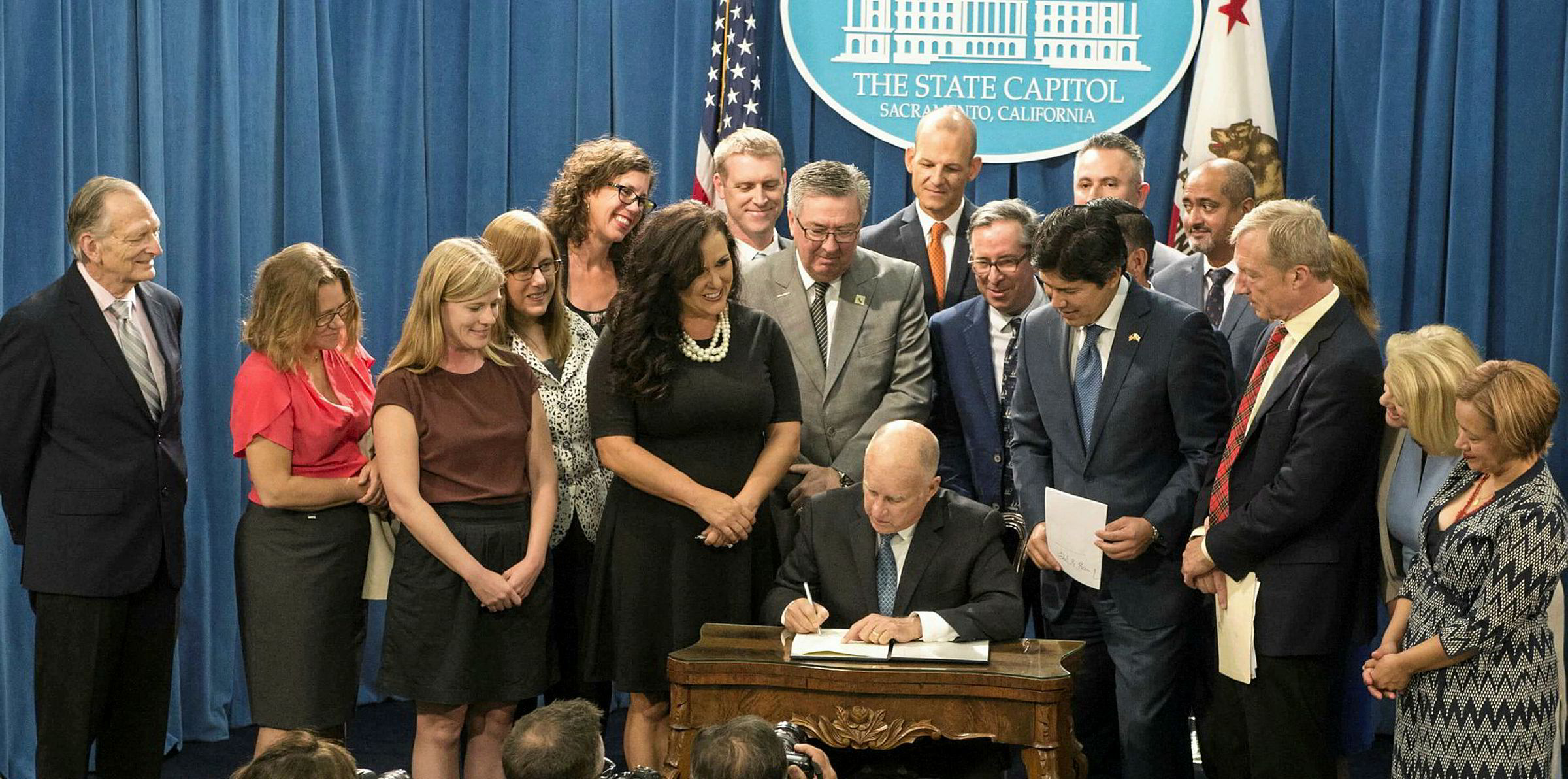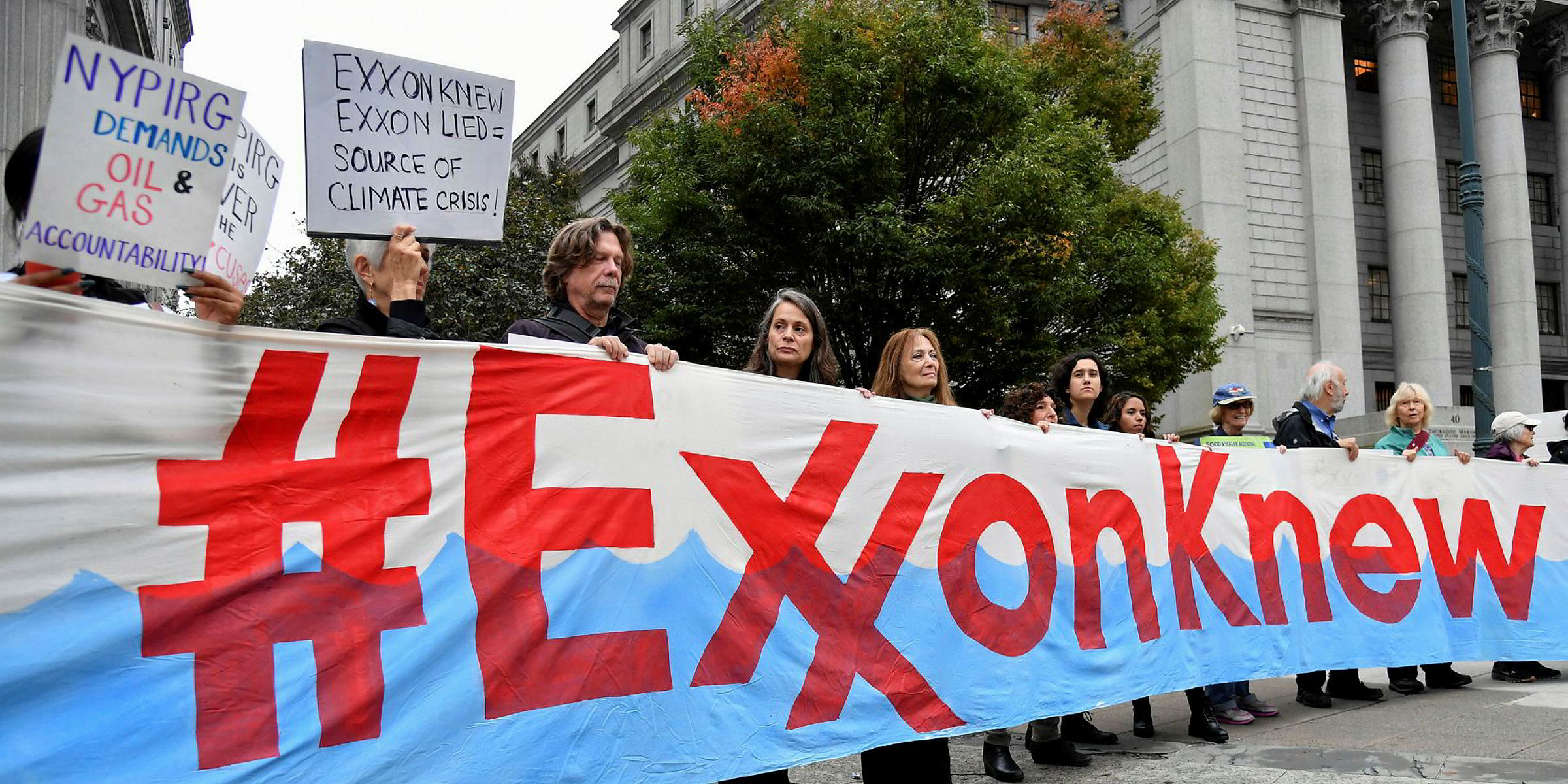Economists all over the world, and even fossil-fuel companies, are now advocating for high prices to be put on carbon — either through taxes or cap-and-trade schemes — to speed up the energy transition.
Yet, as Recharge explains here, such moves could bring unintended consequences, such as trade wars and riots in the streets.
There is also the question of whether we should rely on the markets to save us, when they have proved so unreliable in recent years — causing the credit crunch in 2008 that led to the biggest global recession since the Great Depression.
While financiers and business-minded countries see the markets as the best route to decarbonisation, there are plenty of more direct options available to governments that may be easier to implement and more likely to guarantee the required outcomes — so-called “command and control” legislation.
Bans and phase-outs
For instance, what could possibly reduce the use of fossil fuels in the transport sector more than a ban on petrol and diesel vehicles? Or the use of coal by banning coal-fired power plants?
Twelve countries — including China, the UK, France, Denmark, the Netherlands, and Norway — have pledged to ban the sale of petrol and diesel cars and vans between 2030 and 2050 (although China has yet to specify a date). And Sri Lanka has gone one step further by saying it will ban all internal-combustion-engine vehicles — not just new ones — by 2040.
Imagine how differently oil giants would behave if the next American president were able to ban the sale of new gasoline and diesel cars by 2030 (or outlaw them all by 2040, as proposed by Senate Minority Leader Chuck Schumer) — after all, passenger vehicles represent 65% of all the oil sold in the US.
There is no reason why governments could not legislate for similar climate-related bans or phase-outs on a huge range of products and sectors, including coal- or gas-fired power plants, gas boilers and cookers, fracking, oil drilling, gas flaring, or even uninsulated buildings.
Germany, for instance, has said it will introduce a bill by the end of this year to phase out coal-fired power plants by 2038 — an announcement that has already resulted in plant owners declaring that their facilities will be converted to natural gas or biomass.
Such a move could be taken step by step, for instance, by gradually reducing the amount of CO2 that power plants are allowed to emit. The EU, for instance, has banned coal-fired power plants that emit more than 550 grams of CO2 per kWh from taking part in capacity markets from 2025.
Similar carbon-content levels could be set for a huge range of industries and products, such as steel, cement and petroleum.
EU countries already have mandates in place to ensure that their petrol and diesel contains a certain percentage of biofuel — enough to reduce their greenhouse gas emissions by at least 6% by 2020 — with the Netherlands leading the pack with a self-imposed mandate of 16.4%.
And, of course, the removal of fossil-fuel subsidies — or “negative carbon pricing” — is an “absolute no-brainer”, as explained here.
Authorities could also take a more roundabout path with health-related policies, such as taxation on certain types of pollution.
- Another more subtle tool available to governments is the removal of arguments in favour of the retention of fossil-fuel use.
- For example, Poland has long argued that its large subsidised coal industry is a vital employer in some regions, and an important method of reducing reliance on Russian gas — but the EU has offered millions of euros of support for these coal regions, which has led Poland to agree to stop subsidising coal by 2025.
- The pro-coal government is reportedly now considering phasing out the dirty fuel and adopting a medium- to long-term renewables- and nuclear-focused energy strategy.
“[This] has been quite a major tool of [climate] policy action in many countries,” says Kingsmill Bond, new energy analyst at think-tank Carbon Tracker. “So you tax mercury [which is present in fossil fuels] for example and it has the consequence that carbon dioxide emissions fall.”
Even simpler measures could be taken, such as reducing general taxes for clean-energy projects and increasing them for fossil-fuel operations. Uzbekistan, for example, passed a law in May that exempts renewables projects from income tax and land tax for ten years.
Or taxes could simply be increased on loans and financing for fossil-fuel projects.
Mandates
Another effective option is to set legal mandates to ensure that certain companies behave in certain ways.
The obvious example is the renewable portfolio standards (RPS) now seen in 29 US states, which force utilities to generate a certain proportion of their electricity from renewable sources, and have led to significant increases in wind and solar power.
The California RPS — which was introduced in 2002 and now requires investor-owned utilities to generate 60% of their electricity from renewables by 2030 and 100% by 2040 — has helped solar energy in the state to grow from 2GWh in 2002 to 24,721GWh in 2018, with wind power quadrupling to 14,078GWh over the same period. This growth has mainly come at the expense of nuclear and coal, but it is inevitable that the 100% target will force gas-fired power plants to close in the coming years.
The state also created a mandate back in 2013 for investor-owned utilities to install a total of 1.3MW of energy storage by 2020 — a move which has been credited with kickstarting the boom and cost reductions in large-scale lithium-ion batteries.
Similar mandates could also be put in place for other technologies that will help the energy transition, including Baldies (ie, build-anywhere long-duration intermittent energy storage such as hot-rock thermal and liquid-air storage), electric-vehicle charging points, smart grids, demand-side response, green hydrogen and carbon capture and storage.
The kind of cost reductions seen in the solar industry— a 77% fall in the levelised cost of energy between 2008 and 2018 — could also be achieved with electrolysers through mandates on green hydrogen content in industrial H2, or a phase-out of "grey" hydrogen produced from methane. Using renewable energy to power electrolysers that split water molecules into hydrogen and oxygen will create zero-carbon "green" hydrogen — which can be used as energy storage or as a fuel for heating and transport.
Downstream measures
Less aggressive policies include public procurement tenders that prioritise low-carbon products and processes, and carbon-content labelling for products that ape the nutritional levels displayed by food items and the energy-efficiency ratings shown by electrical products.
“If customers and consumers are not aware of low-carbon green alternatives, then they will not buy them,” said Maria Joao Duarte, representative to the EU institutions at Mitsubishi Hitachi Power Systems Europe, at the BNEF Summit in London in October.
Bjørn Kjetil Mauritzen, head of climate office at Norwegian aluminium producer Norsk Hydro, added: “We’ve actually introduced products now where we’ve guaranteed high recycled content and low-carbon content on primary metal. So I think there is also the market place here — the demand side [for low-carbon products] could be developed much further in the EU.”
The crucial role of governments
And let’s not forget that government policies have been fundamental to the meteoric rise of non-hydro renewable energy — which has grown from 2.5% of the global electricity mix in 2008 to 10.4% in 2018, according to IEA figures.
If consumers are not aware of low-carbon green alternatives, they will not buy them.
The economies of scale that have made wind and solar cheaper than traditional power sources in many parts of the world could not have been achieved without countries creating feed-in tariffs and auction schemes that guarantee satisfactory returns on renewables projects.
It is governments, not market forces, that have largely been responsible for the energy transition achieved to date. And governments continue to have the power to speed up the energy transition without the need for bolder carbon levies.
With all the difficulties that higher carbon pricing will inevitably face, relying on markets alone to solve climate change would be an extremely dangerous and unnecessarily risky strategy.




